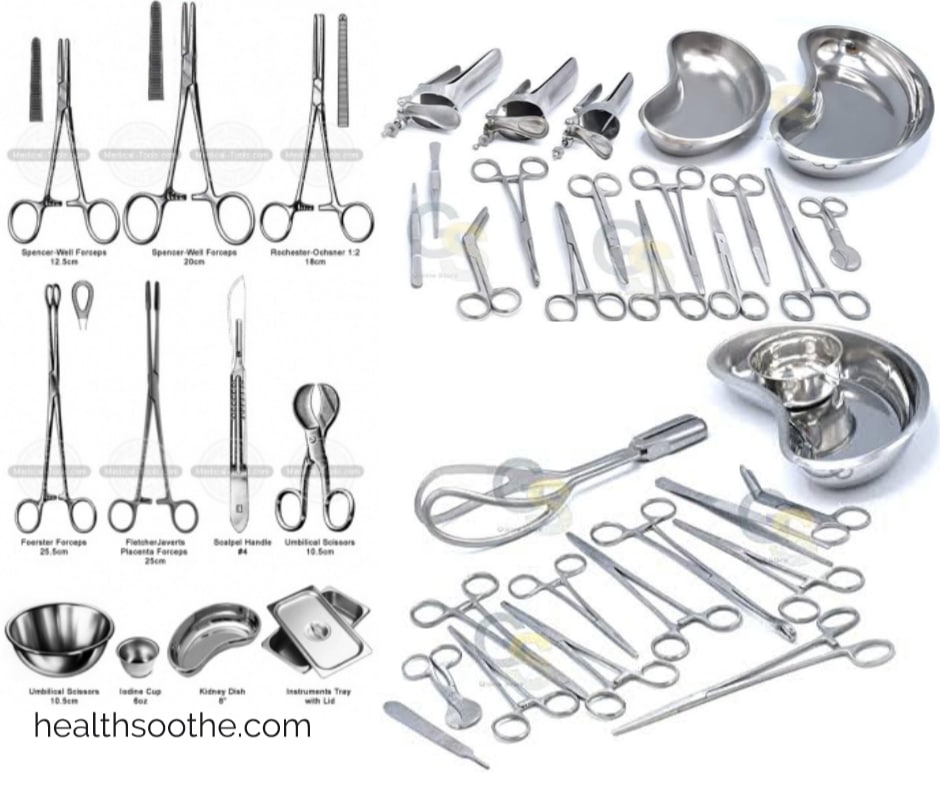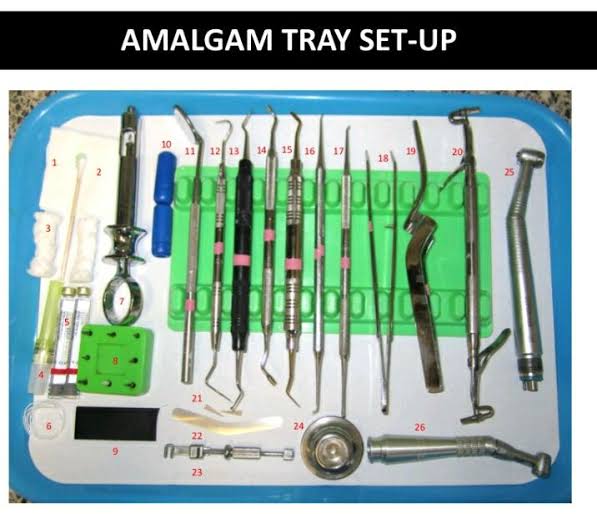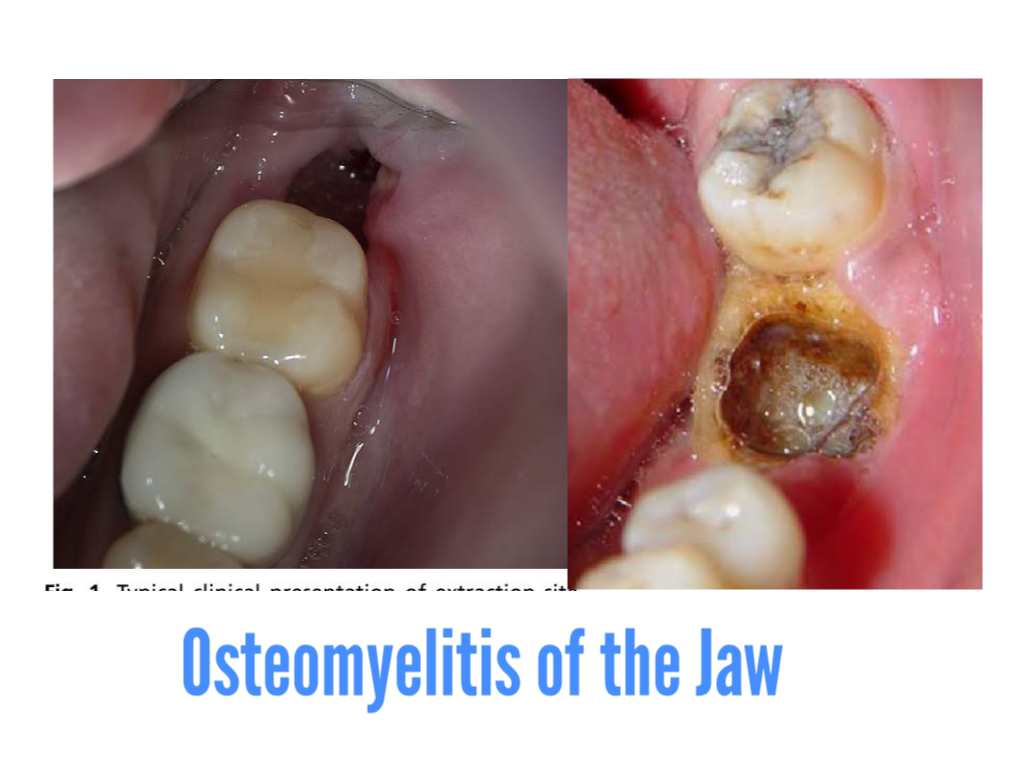Cleaning between the teeth is also known as interdental cleaning. Decay usually starts on the chewing surfaces of teeth and at the contact point between the teeth.
Plaque and food particles stick to the teeth in these areas. The bacteria in plaque are able to convert these food particles into acid. This acid is the major cause of tooth decay and gum disease.
accompanied by a six monthly dental scaling and polishing of the teeth.
The American Dental Association (ADA) suggests you brush at least twice a day and clean between teeth at least once daily. This helps remove plaque, bacteria, and food particles to keep teeth and gums healthy. Most patients can manage to brush twice daily, but many still struggle with cleaning between teeth.
This could be from a lack of time, convenience, or inability (people with multiple sclerosis). Fortunately, there are several interproximal tools to choose from. Most people are familiar with floss but don’t realize there are other options. If you struggle with consistently cleaning between your teeth, one of these interdental cleaners might be a practical alternative.
Here are 4 essentially daily routines that will prevent decay and gum disease.
They are to brush your teeth and clean between your teeth, at least once a day. Tooth brushing is necessary, but it cannot reach between the teeth. Cleaning between
the teeth are made possible by the use of the following :
- Dental floss
- Inter-dental brushes
- Water pick
- Toothbrush.
Dental Floss
It is used to get rid of the plaque and food that stock between your teeth and below the gum line. It comes in different flavors, coatings, and thicknesses. It is made up of, a waxy strand of plastic or nylon filaments that is flexible.
You can even choose eco-friendly options with biodegradable and renewable silk floss and vegan waxes.
How to use dental floss
- Remove about 18 inches of floss from the spool
- Roll the remaining excess around middle fingers
- Hold floss between thumbs and index fingers of both hands
- Gently slide floss between teeth, do not force it into the gums
- Wrap floss against the edge of a tooth to form a “C” shape
- Use gentle up and down motions to clean the area
- Glide floss gently into the gumline
- Repeat each process for every tooth surface
- When you're finished, rinse your mouth and dispose of the floss
Pros and cons of dental floss
You don't have to use a lubricant, mirror or sink before you can use floss. Because Floss can fit between the tiny spaces with ease. There is little or no damage to the soft tissue, even with excessive pressure. This option is also sterile, as you only use a piece of floss once before disposing of it.
You can clean the entire side of each tooth and gaps between them more easily. Floss is great for flat surfaces, but not for concavities between teeth. Also, for many people, flossing isn’t easy due to a lack of mobility or dental appliances.
Floss can harbor more plaque behind the waxy coating. But is affordable and also wasteful too. A person will use up approximately 5 miles of floss in a lifetime if he/she floss every day.

Water Pick
How to use a water pick
- Fill the reservoir with warm water, and place it on the base
- Choose the right tip and attach to the handle
- Start with the pressure control on low, and work your way up to a medium pressure
- Lean over the sink and place the tip inside the mouth
- Turn the unit on
- Start cleaning on and around back teeth of the upper jaw
- Aim tip at a 90-degree angle just above the gumline
- Work your way to the front, pausing briefly between each tooth
- Repeat with bottom teeth
Pros and cons of a water pick
A water pick is a very easy option than other tools and is very effective than floss in reducing gingival bleeding. Also, It eliminate dental plaque, though not as efficiently as floss, and reduces your risk of gingivitis.
This tool is intended for several major restorations, orthodontics, or those who struggle with routine flossing. Dentists often recommend this device for patients. It very useful for also works well for individual patients with chronic gum disease or gum sensitivity.
However, this device is very expensive than dental floss. It is not that easy to learn and use because you can spray everywhere with water and you must change the tip every 3 to 6 months. In addition, water pick can accidentally force food inside the soft tissue instead of removing it, if you use too much pressure.
Interdental Brush
This is made up of a thin, cone or round shaped brush with a small head. The bristles join to a thin wire attached to a small, or uniquely shaped handle, to help you clean gently between teeth.
The brushes come in a variety of sizes and are designed and manufactured to fit gently between teeth. The brush should glide smoothly, without having to force it or feel tight. If the smallest brush does not fit comfortably between teeth, then you can use dental floss.
Depending on the amount of space between your teeth, you might use one size for front teeth and a different size for back teeth. An interdental brush works much like a normal toothbrush. You should rinse it after you're done and replace the bristles when wearing out.
How to use interdental brushes
- Brush in front of a mirror
- Lubricate the brush with water, paste or gel
- Hold the brush like a pencil
- Start on top rear and work your way around
- Slowly slide the tip into the interdental triangle (gap formed by the gum and two teeth)
- Slowly move it back and forth along the tooth surface 2 or 3 times, angling to clean both sides of both teeth
- When brushing molars, clean from both the inner and outer sides
- Continue to each gap between teeth, then repeat on the top
- Rinse your mouth and your brush with warm water
Pros and cons of interdental brushes
This interproximal tool is intended for an individual with large spaces between their teeth. Because these gaps make it difficult to use dental floss properly, and the interdental brush is more effective.
This brush also works well for people with limited mobility or braces because the tool is easier to maneuver. It can also help clean between restorations like dentures, bridges, and implants.
Some people like the brush because is easy to use with one hand. The major disadvantages are that the brushes are very expensive than floss, they require wetting or lubrication before use, and the wire center can damage the gums.
Also, after using it, the brush will never be completely sterile. These brushes are also more likely to cause irritation to the gums.
Dental floss vs Water pick which one is better (What do you choose?)
Both dental floss and water picks are effective for cleaning between teeth, but which one is better depends on personal preference and individual needs. For example, if you have braces or tightly spaced teeth, a water pick might be more effective in reaching those areas. However, if you're traveling or prefer a more portable option, dental floss is convenient. Ultimately, both can be effective when used correctly.
If you don't like to floss, or you can't gently slide the tiny string in your mouth, you should discuss these with your dentist. Interdental brushes or a water pick might be the best option for you.
These products are easy to use and have proven scientific evidence of research. Even if you floss every day, you might consider a water pick or interdental brush to compliment your hygiene routines.
If you don’t know how to use any of these devices, consult your dentist or hygienist. He/she will give you proper instruction and choose the right interdental cleaning for your needs.
More on interdental cleaning







